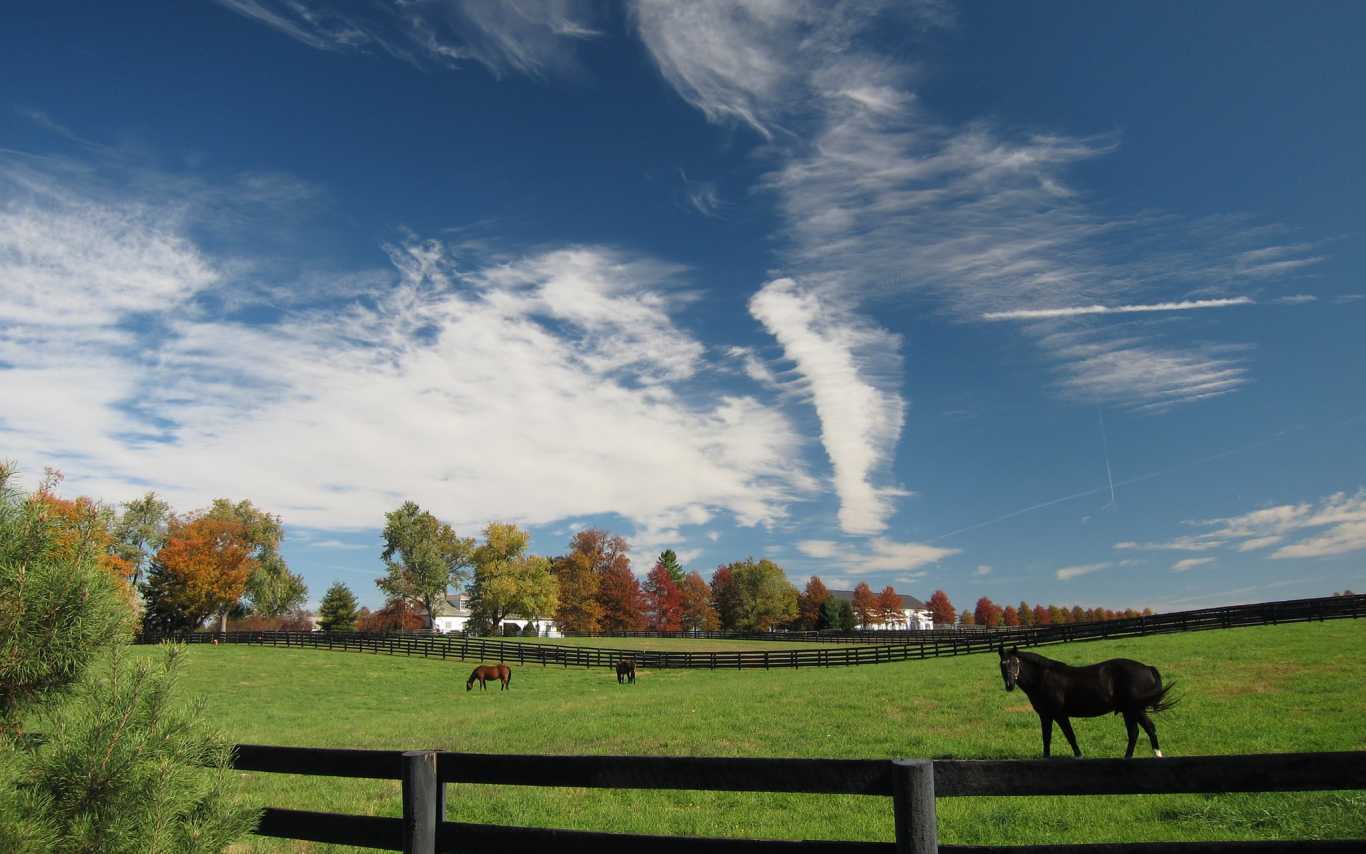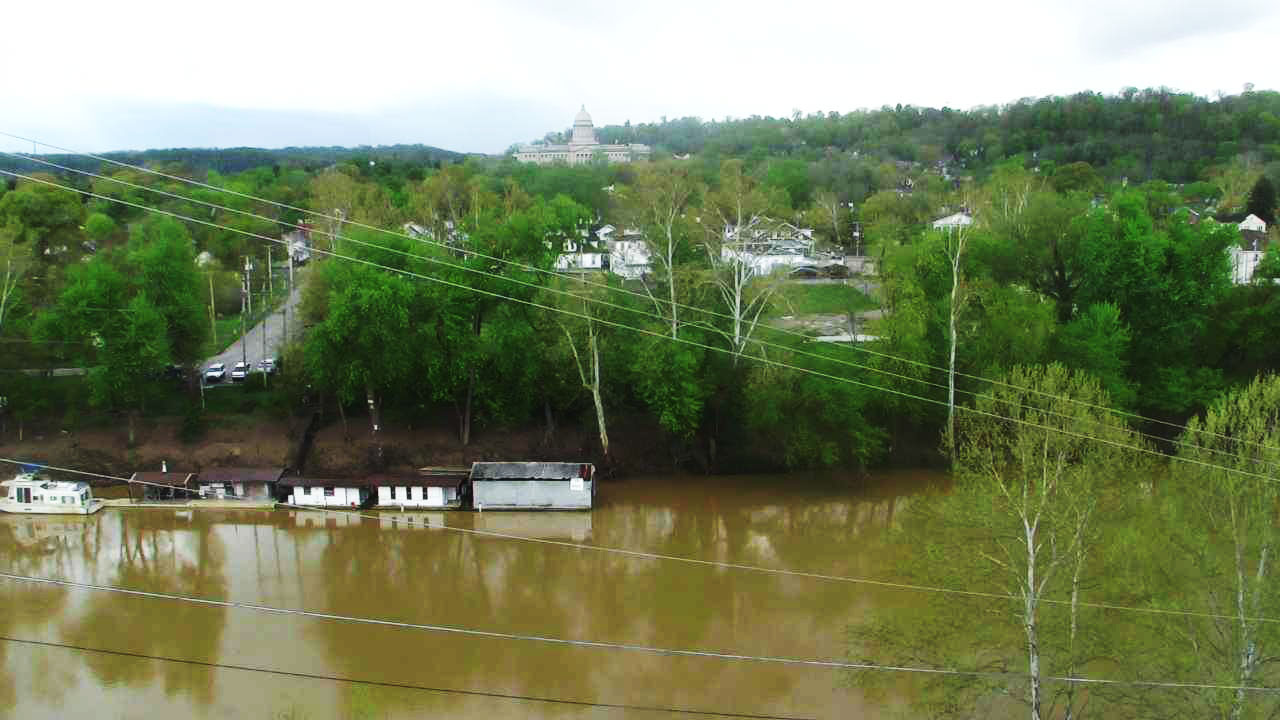Weather History and Trends

Weather lexington ky – Lexington, Kentucky, situated in the heart of the Bluegrass Region, exhibits a temperate climate characterized by distinct seasonal variations. Its weather patterns have been shaped by a confluence of geographic factors, including its location within the humid continental climate zone and proximity to the Appalachian Mountains.
For an accurate and real-time forecast of weather in Lexington, KY, rely on the storm tracker. This comprehensive tool provides detailed updates on current and upcoming weather conditions, empowering you to plan your day with confidence. Stay informed about potential storms, precipitation, and temperature fluctuations, ensuring you’re prepared for any weather Lexington, KY throws your way.
Throughout the year, Lexington experiences a wide range of temperatures, with average highs ranging from the low 40s Fahrenheit in January to the upper 80s in July. Winters are generally cold, with average lows dipping below freezing from December to February. Summers, on the other hand, are warm and humid, with average highs consistently above 80 degrees Fahrenheit from June to August.
As the clouds gather and the winds begin to dance, the weather in Lexington, KY takes a dramatic turn. With the possibility of a tornado looming, residents are advised to seek shelter and stay informed. The skies darken, and the air grows heavy with anticipation as the storm approaches, leaving an eerie silence that can only be broken by the thunder’s roar.
Precipitation is evenly distributed throughout the year, with an average annual rainfall of approximately 44 inches. The wettest months are typically May and June, while the driest months are January and February. Snowfall is common during the winter months, with an average annual accumulation of around 10 inches.
Factors Influencing Lexington’s Weather, Weather lexington ky
Several factors contribute to the unique weather patterns observed in Lexington. Its location within the humid continental climate zone subjects it to both warm, moist air from the Gulf of Mexico and cold, dry air from the Arctic. The Appalachian Mountains to the east act as a barrier, blocking the flow of cold air from the north and contributing to Lexington’s relatively mild winters.
The city’s proximity to bodies of water, such as the Kentucky River and Lake Cumberland, also influences its climate. These water bodies moderate temperatures, creating a more humid environment and contributing to the frequent occurrence of fog and precipitation.
Seasonal Weather Patterns: Weather Lexington Ky

Lexington, Kentucky experiences distinct weather patterns throughout the year, each season bringing its own unique characteristics that shape local activities and lifestyles.
Spring arrives in Lexington with a burst of color and warmth. Temperatures gradually rise from the chilly winter months, ranging from the mid-40s to the low 70s Fahrenheit. Precipitation becomes more frequent, often in the form of gentle showers or thunderstorms. The city comes alive as residents embrace the warmer weather, enjoying outdoor activities such as picnics, hiking, and gardening.
Summer
Summer in Lexington is hot and humid, with average temperatures soaring into the mid-80s Fahrenheit. The humidity levels can be oppressive at times, making it important to stay hydrated. Afternoon thunderstorms are common, providing brief respite from the heat. Despite the heat, summer is a popular time for outdoor festivals, concerts, and water activities.
Fall
As autumn approaches, the weather in Lexington becomes crisp and invigorating. Temperatures cool down significantly, ranging from the mid-60s to the low 40s Fahrenheit. The leaves of the deciduous trees turn vibrant shades of red, orange, and yellow, creating a breathtaking spectacle. Fall is an ideal time for apple picking, pumpkin carving, and enjoying the beauty of nature.
Winter
Winter in Lexington can be unpredictable, with temperatures fluctuating between the mid-20s to the low 40s Fahrenheit. Snowfall is common, but it can vary in intensity and duration. The city can experience periods of freezing rain or ice storms, making travel hazardous. Despite the cold weather, winter activities such as ice skating, sledding, and snowshoeing are popular.
Extreme Weather Events

Lexington, Kentucky experiences a variety of extreme weather events, including thunderstorms, tornadoes, droughts, and heat waves. These events can cause significant damage to property and infrastructure, and can even be life-threatening.
Thunderstorms are the most common type of extreme weather event in Lexington. They can occur at any time of year, but are most frequent in the spring and summer months. Thunderstorms can produce heavy rain, hail, lightning, and strong winds. In some cases, thunderstorms can also produce tornadoes.
Tornadoes
Tornadoes are less common than thunderstorms, but they can be much more destructive. Tornadoes are formed when warm, moist air from the Gulf of Mexico meets cold, dry air from the north. These storms can produce winds speeds of up to 200 miles per hour and can cause widespread damage. Lexington has been hit by several significant tornadoes in recent years, including the 2012 tornado that killed one person and injured dozens more.
Droughts
Droughts are another type of extreme weather event that can occur in Lexington. Droughts are caused by a lack of rainfall over an extended period of time. Droughts can damage crops, livestock, and water supplies. In some cases, droughts can also lead to wildfires.
Heat Waves
Heat waves are periods of abnormally hot weather that can last for several days or even weeks. Heat waves can be dangerous for people who are elderly, young, or have health conditions. Heat waves can also cause power outages and other disruptions to daily life.
The potential risks and impacts of extreme weather events on the community and infrastructure are significant. These events can cause widespread damage to property and infrastructure, and can even be life-threatening. It is important for residents of Lexington to be aware of the risks of extreme weather events and to take steps to prepare for these events.